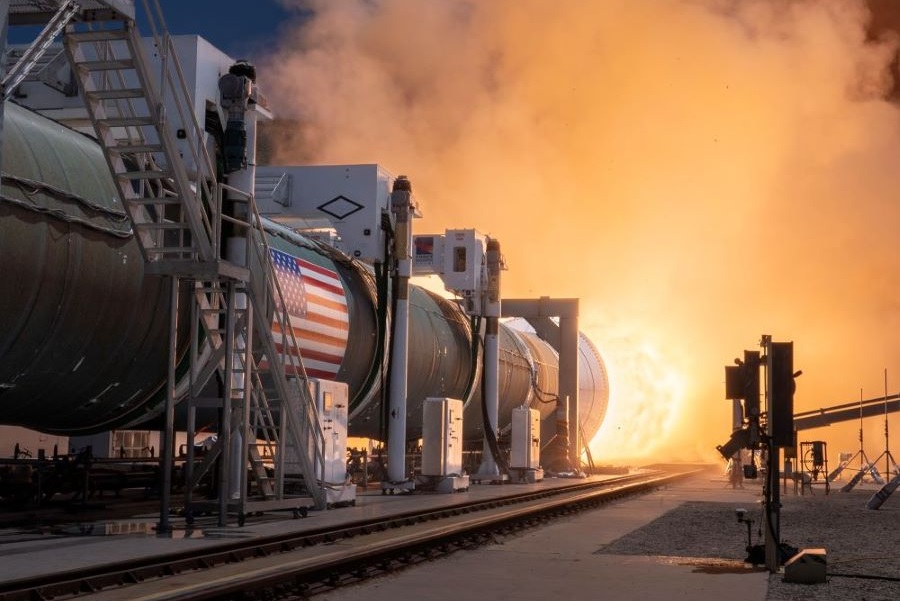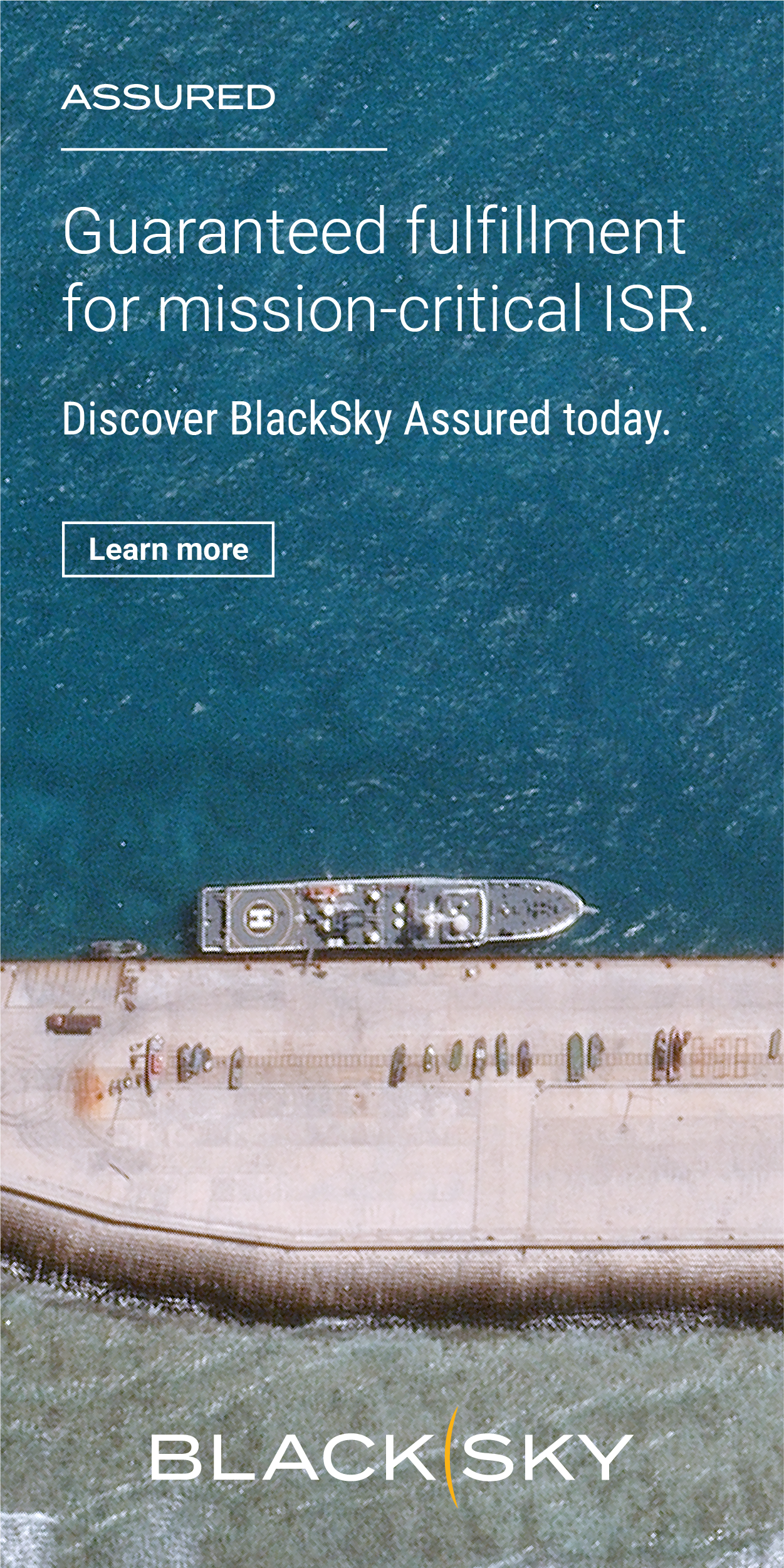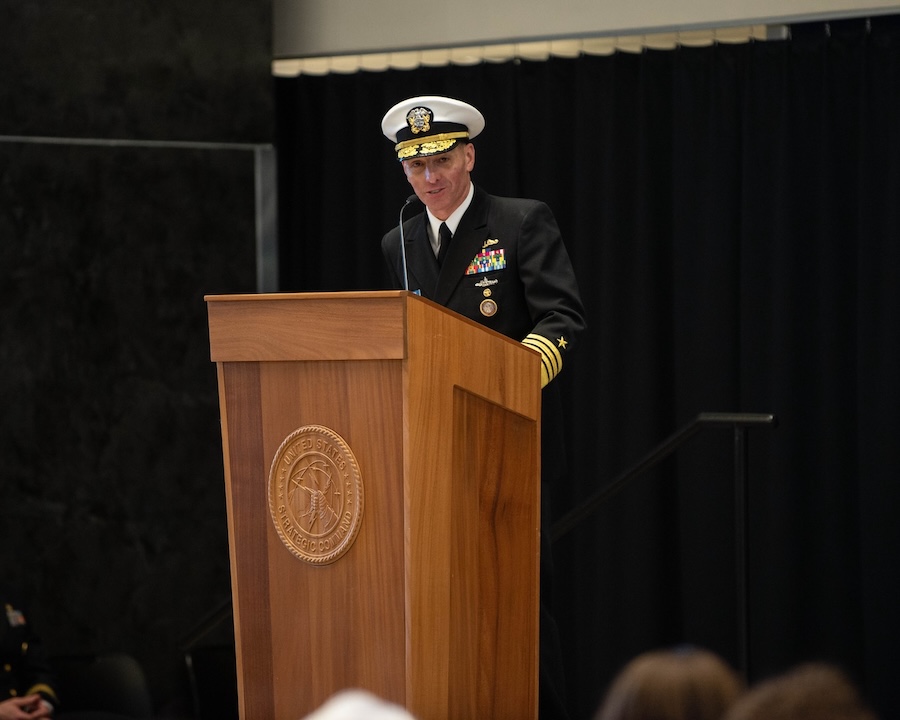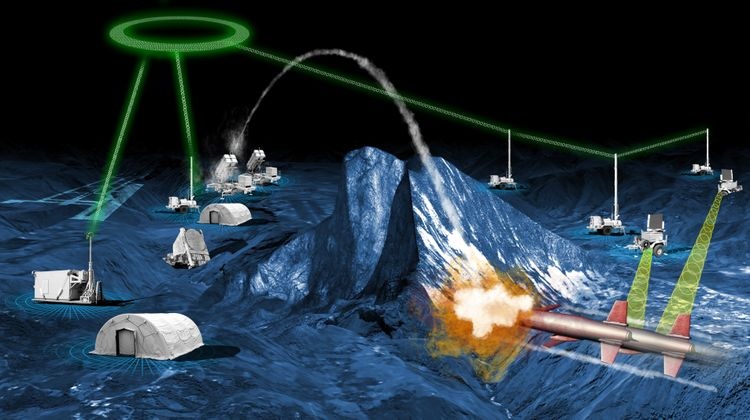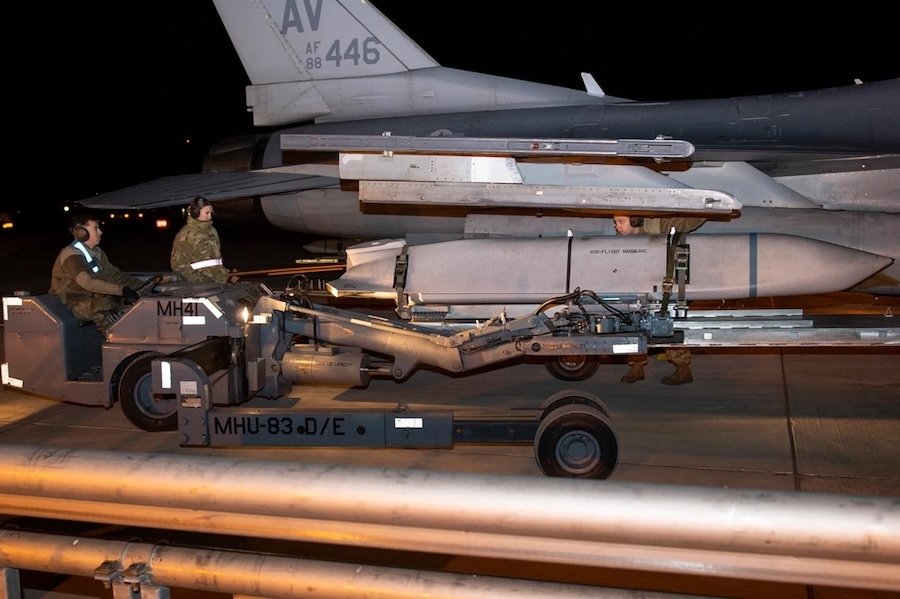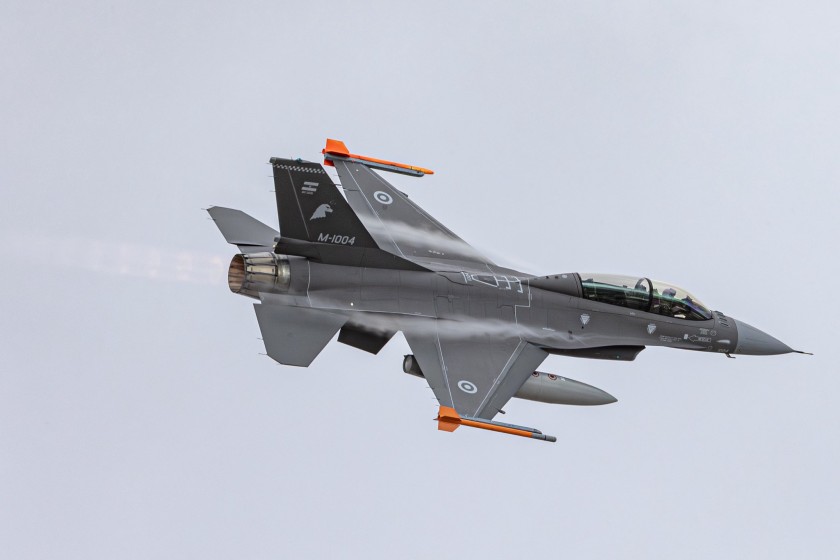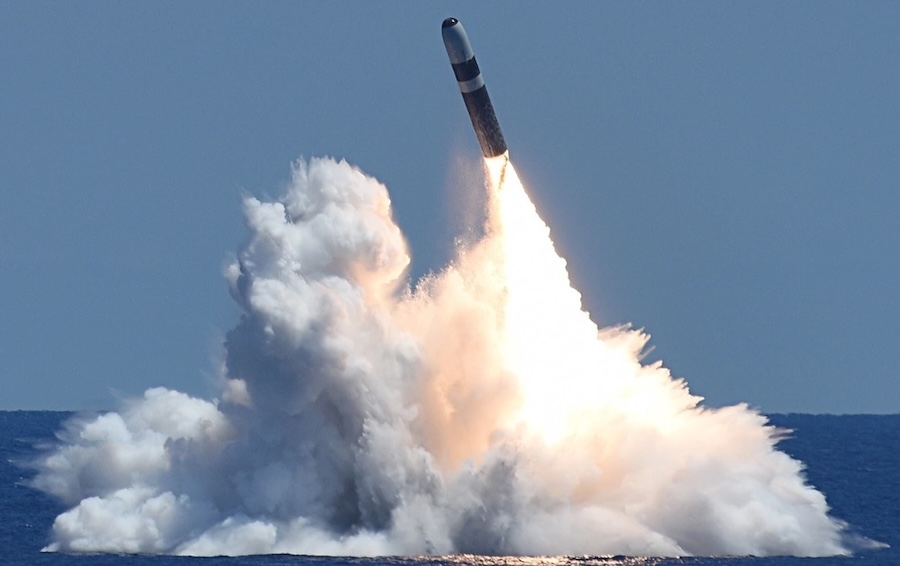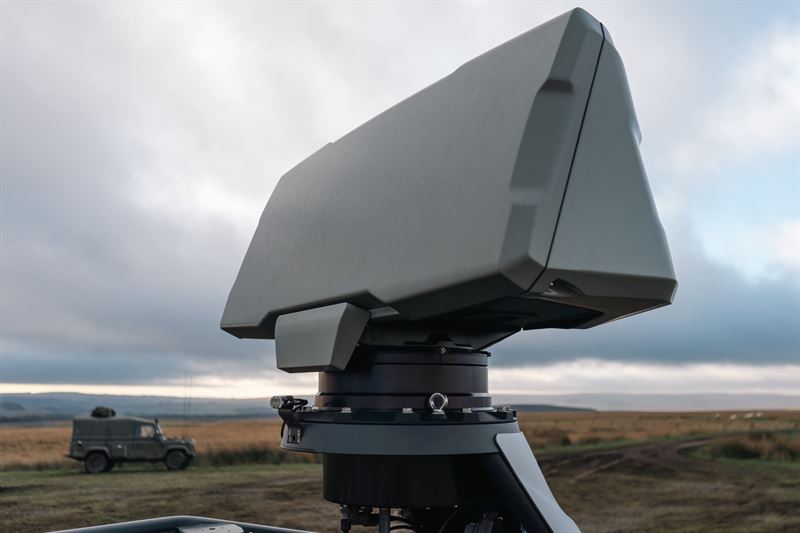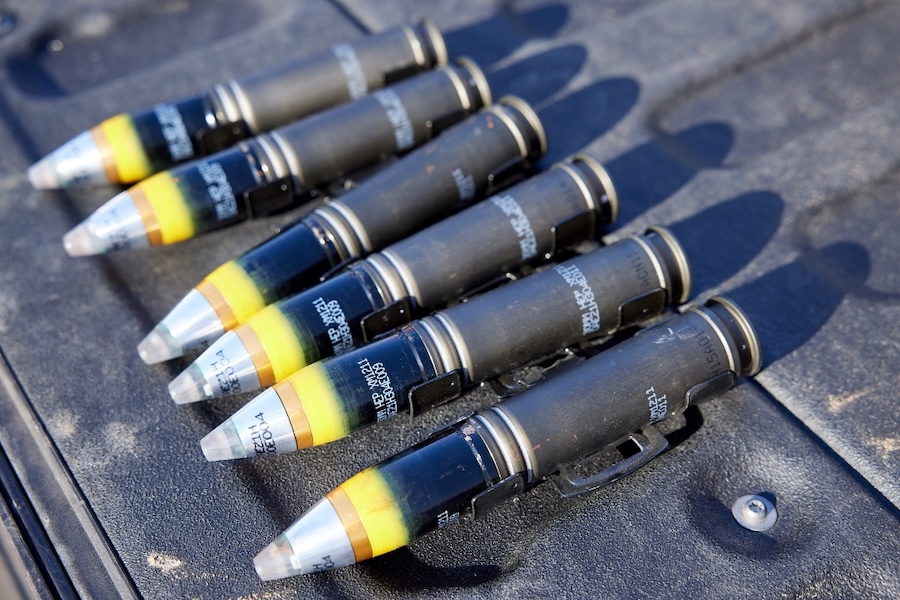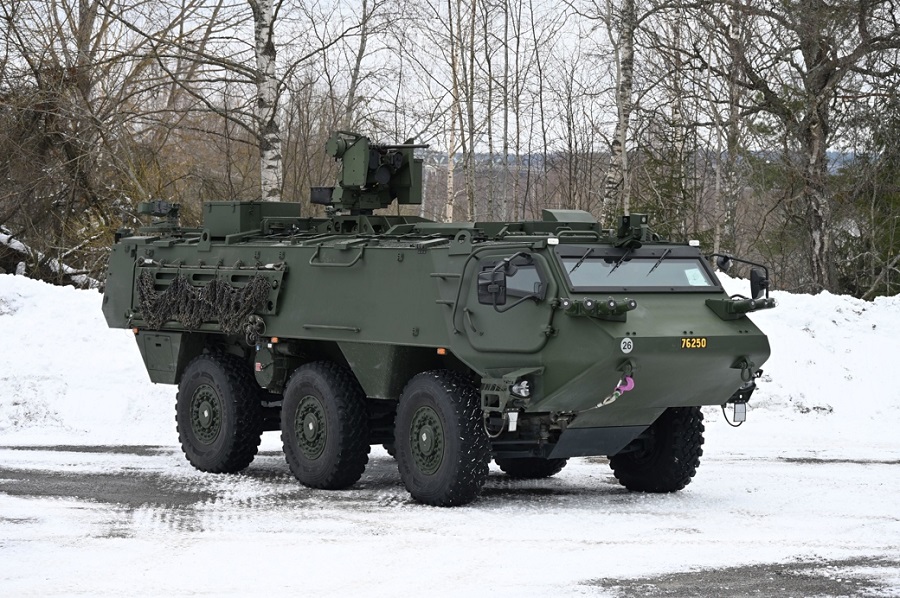The test featured over 700 data channels to evaluate the booster’s performance under extreme conditions. Built with a new carbon fibre composite case, updated propellant, and advanced components, BOLE improves thrust by more than 10 per cent compared to the current five-segment Space Launch System (SLS) booster.
Northrop Grumman designed the composite case to enhance performance, accelerate production, and standardise manufacturing across commercial and government programmes. The inclusion of U.S.-produced metallic components supports a domestic supply chain and reinforces the company’s commitment to American manufacturing.
The upgraded booster delivers an additional five metric tons of payload capacity to lunar orbit, supporting NASA’s deep space missions. Its design evolution reflects lessons learned from decades of experience, including propulsion systems for the Apollo and Space Shuttle programmes.
“Today’s test pushed the boundaries of large solid rocket motor design to meet rigorous performance requirements,” said Jim Kalberer, vice president, propulsion systems, Northrop Grumman. “While the motor appeared to perform well through a harsh burn environment, we observed an anomaly near the end of the two-plus minute burn.”
Kalberer added, “As a new design, and the largest segmented solid rocket booster ever built, this test provides us with valuable data to iterate our design for future developments.” The test forms a key milestone in the BOLE development, which began in 2017 to replace obsolete components and introduce sustainable, standardised construction methods across programmes.
The BOLE booster follows the flight-proven design of the space shuttle boosters and builds upon the SLS booster used during the Artemis I mission in 2022. That mission demonstrated the SLS booster’s power, contributing more than 75 per cent of the rocket’s thrust at liftoff.




